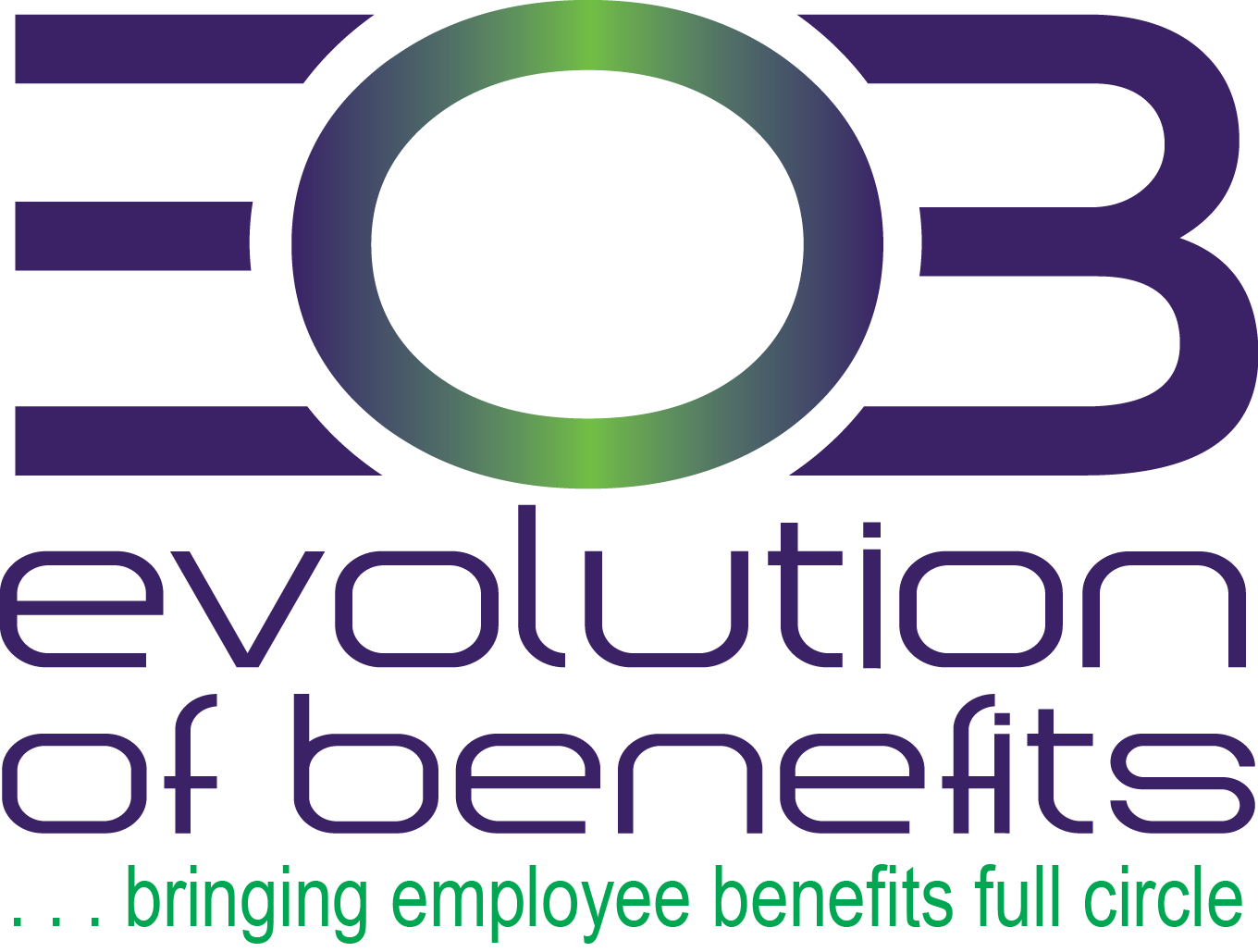Compliance Bulletin – Telehealth Exception for HDHP/HSA Plans May Expire Soon

In response to the COVID-19 pandemic, the U.S. Congress enacted legislation that temporarily allowed high deductible health plans (HDHPs) to provide benefits for telehealth services before plan deductibles were met. This relief became effective in 2020 and has been repeatedly extended. It currently applies to plan years beginning before Jan. 1, 2025.
Employers with HDHPs should review their health plan’s coverage of telehealth services to determine if changes should be made for the plan year beginning in 2025. Unless the relief is extended again, HDHPs must impose a deductible on telehealth services to be compatible with HSA contributions.
Also, any changes to telehealth coverage should be communicated to plan participants through an updated summary plan description or a summary of material modifications.
Compliance Overview – ACA Violations – Penalties and Excise Taxes

The Affordable Care Act (ACA) includes numerous reforms for group health plans and creates compliance obligations for employers and health plan sponsors. The ACA, for example, restricts health plans from imposing pre-existing condition exclusions and requires coverage for preventive care services without cost sharing. Some of the reforms for health plans apply to all health plans, while others apply only to non-grandfathered plans or to insured plans in the small group market
News Brief: Pay Transparency Report Shows More Employers Are Adapting Practices

A recent WTW survey found that the majority of North American employers have pay transparency policies in place due to increased regulatory requirements. Organizations are increasing their communication about pay programs due to legal requirements (73%), to align with their company values and culture (47%), and to match worker preferences and expectations (46%). In general, larger companies are adapting pay transparency practices quicker than smaller ones.
“Employers are seeing an increase in regulatory requirements around the globe, which has forced many to act fast and comply with a consistent minimum standard, regardless of location.”
–Mariann Madden, North America Pay Equity co-leader, WTW
Think Well, Be Well: Choosing Nutritious Foods for Mental Health

Good nutrition is essential not only for physical health but also for mental well-being. The foods you eat profoundly influence your mood, cognitive function and ability to manage stress, highlighting the importance of balanced dietary choices. A healthy, well-balanced diet can help you think clearly and be more alert. It can also improve concentration and attention span.
An American Psychiatric Association survey revealed that 4 in 5 adults would be willing to change their diet in a way that positively impacts mental health.
Compliance Overview – DOL’s Cybersecurity Program Best Practices for Plan Fiduciaries

The U.S. Department of Labor’s (DOL) Employee Benefits Security Administration (EBSA) has provided
guidance to assist plan fiduciaries and recordkeepers in their responsibilities to manage cybersecurity risks. According to EBSA, pension plans and health and welfare plans covered by the Employee Retirement Income Security Act of 1974 (ERISA) often hold millions of dollars or more in assets and store and/or transfer participants’ personally identifiable data, which can make them tempting targets for cybercriminals.
Compliance Bulletin – Mental Health Parity: New Comparative Analyses Requirements

On Sept. 9, 2024, the Departments of Labor, Health and Human Services, and the Treasury (Departments) released a final rule to strengthen the requirements of the Mental Health Parity and Addiction Equity Act (MHPAEA). The final rule focuses on nonquantitative treatment limitations (NQTLs) that health plans and health insurance issuers place on mental health and substance use disorder (MH/SUD) benefits.
Health Literacy Month (October)

October is Health Literacy Month. Those with low health literacy may not receive equal medical and
behavioral care because they do not have the same level of understanding as their provider. Ways to
improve health literacy include asking questions, researching your medical conditions, checking for
handouts or materials at the doctor’s office and having further conversations with your provider.
Benefits Buzz – ACA’s Pay-or-Play Affordability Percentage Increases for 2025

On Sept. 6, 2024, the IRS released the affordability percentage threshold for 2025 plan years under the Affordable Care Act’s(ACA) pay-or-play rules. These rules require ALEs to offer affordable, minimum-value health coverage to their full-time employees (and dependents) or risk paying a penalty.
For plan years beginning in 2025, employer-sponsored coverage will be considered affordable under the ACA’s pay-or-play rules if the employee’s required contribution for self-only coverage does not exceed 9.02% of their household income for the year. This is an increase from the affordability percentage for 2024 plan years (8.39%). Due to this increase, applicable large employers (ALEs) may have more flexibility when setting employee contribution levels for the 2025 plan year.
Live Well, Work Well – What to Know About This Year’s Flu Season (October)

In the United States, influenza (flu) season lasts from October through May, with peak flu activity between December and March.
What’s more, flu season in the Southern Hemisphere often indicates what’s to come in the United States. Data revealed that the 2024 flu season in the Southern Hemisphere was similar to previous flu seasons. With the potential for this year’s flu season to be severe in the United States, vaccination remains the most effective way to prevent the flu, especially severe disease and hospitalization.
The U.S. Centers for Disease Control and Prevention (CDC) estimates that the flu caused between 9 million and 41 million illnesses annually between 2010 and 2023.
View and download the latest Live Well, Work Well newsletter





















